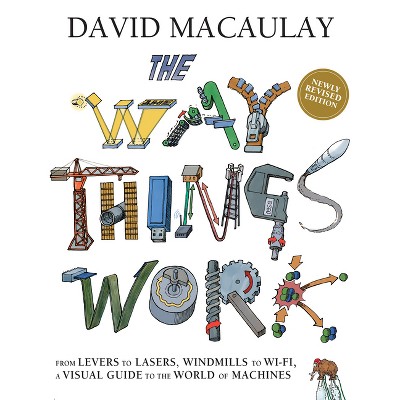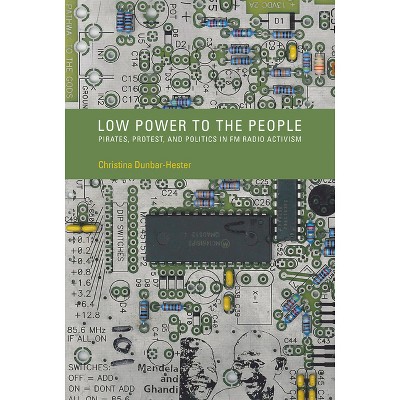Sponsored

Fighting Traffic - (Inside Technology) by Peter D Norton (Paperback)
In Stock
Sponsored
About this item
Highlights
- The fight for the future of the city street between pedestrians, street railways, and promoters of the automobile between 1915 and 1930.
- About the Author: Peter D. Norton is Assistant Professor in the Department of Science, Technology, and Society at the University of Virginia.
- 408 Pages
- Technology, History
- Series Name: Inside Technology
Description
About the Book
The fight for the future of the city street between pedestrians, street railways, and promoters of the automobile between 1915 and 1930.Book Synopsis
The fight for the future of the city street between pedestrians, street railways, and promoters of the automobile between 1915 and 1930.Before the advent of the automobile, users of city streets were diverse and included children at play and pedestrians at large. By 1930, most streets were primarily a motor thoroughfares where children did not belong and where pedestrians were condemned as "jaywalkers." In Fighting Traffic, Peter Norton argues that to accommodate automobiles, the American city required not only a physical change but also a social one: before the city could be reconstructed for the sake of motorists, its streets had to be socially reconstructed as places where motorists belonged. It was not an evolution, he writes, but a bloody and sometimes violent revolution. Norton describes how street users struggled to define and redefine what streets were for. He examines developments in the crucial transitional years from the 1910s to the 1930s, uncovering a broad anti-automobile campaign that reviled motorists as "road hogs" or "speed demons" and cars as "juggernauts" or "death cars." He considers the perspectives of all users--pedestrians, police (who had to become "traffic cops"), street railways, downtown businesses, traffic engineers (who often saw cars as the problem, not the solution), and automobile promoters. He finds that pedestrians and parents campaigned in moral terms, fighting for "justice." Cities and downtown businesses tried to regulate traffic in the name of "efficiency." Automotive interest groups, meanwhile, legitimized their claim to the streets by invoking "freedom"--a rhetorical stance of particular power in the United States. Fighting Traffic offers a new look at both the origins of the automotive city in America and how social groups shape technological change.
Review Quotes
"In this exquisitely researched book, Norton guides us through the complex and passionate debates that cleared the street to make way for the car. These decisions made decades ago still shape our cities, so they are vital to understanding the future of the automobile, as well as its past."--Zachary M. Schrag, author of "The Great Society Subway: A History of the Washington Metro"
"This is rigorous scholarship the history of technology, and the history of the automobile in particular, will truly benefit from. Norton's fascinating, in-depth history shows the automotive revolution was fought in the streets, reshaping the use of public space and impacting perceptions for generations thereafter."--Gijs Mom, author of "The Electric Vehicle: Technology and Expectations in the Automobile Age"
"We forget that the search for mobility in urban areas has also led to a massive increase in mortality. "Fighting Traffic" makes the linkage between mobility and mortality explicit. This is a cutting edge work in mobility history and a major contribution to urban history."--Clay McShane, author of "Down the Asphalt Path"
About the Author
Peter D. Norton is Assistant Professor in the Department of Science, Technology, and Society at the University of Virginia.
















